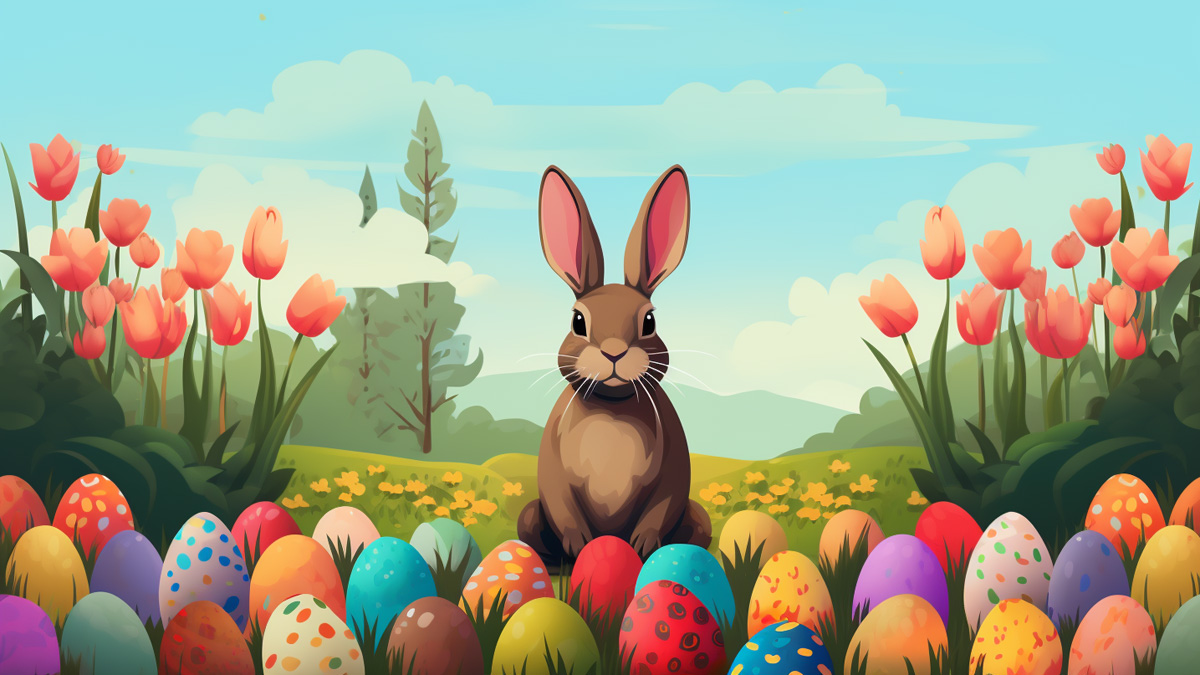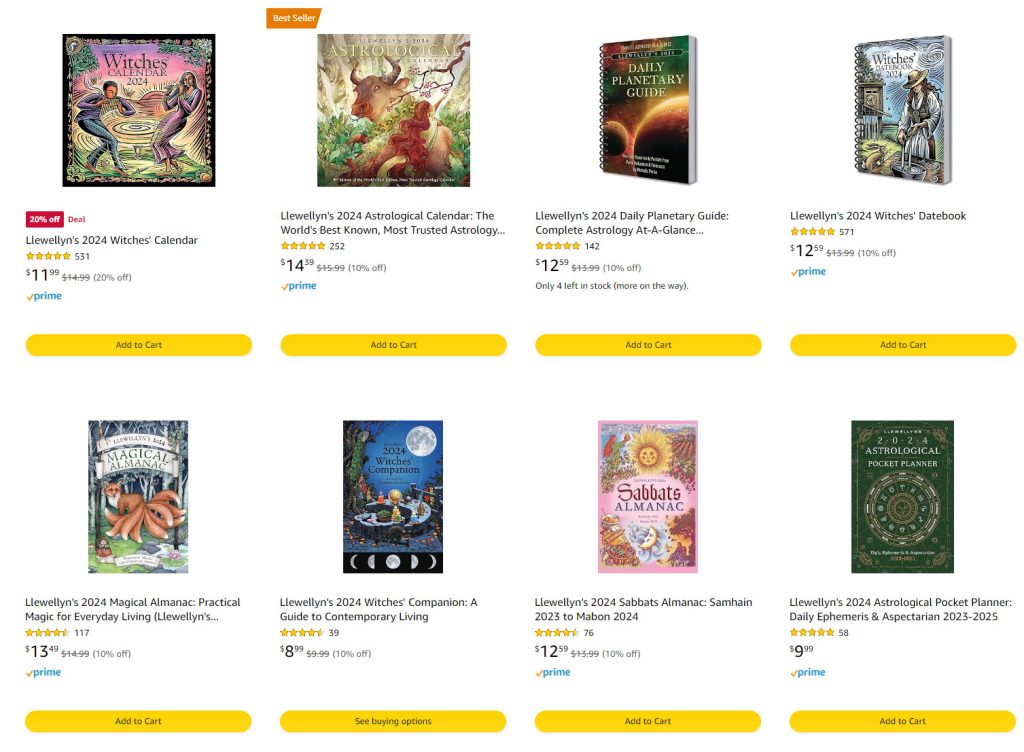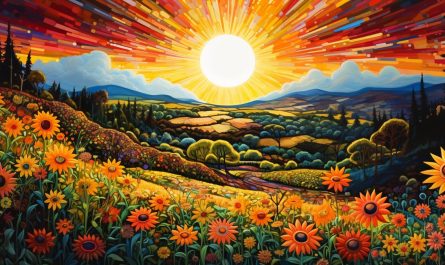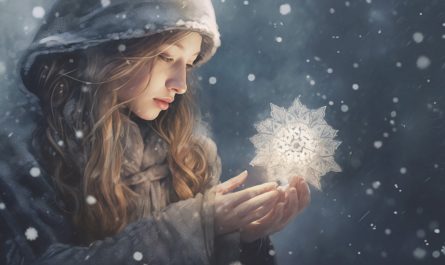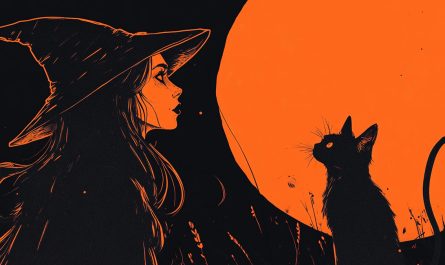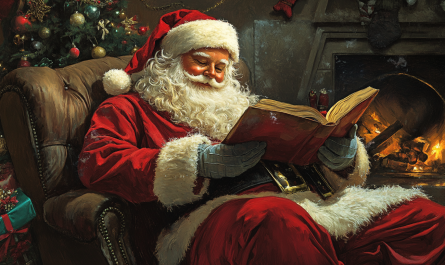Last Updated on April 14, 2025 by Avia
In the spirit of Easter, have you ever wondered about the origins of the iconic bunny and colorful eggs that are synonymous with this joyful holiday? It turns out that there is a captivating tale behind these cherished symbols that date back centuries. Join us on a journey as we peel back the history and unveil the hidden origins of the bunny and Easter eggs.
Delve into the fascinating world of folklore and mythology, where the bunny has long been associated with fertility and rebirth. Discover how the hare, its close relative, played a significant role in ancient cultures and traditions. From the old-world festival of Eostre to the Christian celebration of Easter, the bunny’s presence has endured, symbolizing new life and hope.
But what about Easter eggs? Unearth their mysterious beginnings and explore how they have transcended cultures and religions throughout time. From ancient Egyptians and Persians to early Christians, the egg has held a special place in spring celebrations, representing life, renewal, and the promise of what’s to come.
Join us as we unravel the enchanting history of these beloved Easter symbols and uncover the tales that have shaped our traditions. Prepare to be amazed by the hidden origins of the bunny and Easter eggs, and gain a deeper appreciation for the customs we cherish today.
Table of Contents
- The Ancient Origins of the Bunny Symbol
- The Symbolism of the Bunny in Different Cultures and Religions
- The History of Easter Eggs
- Easter Egg Traditions Around the World
- The Connection Between the Bunny and Easter Eggs
- Fun Facts About the Bunny and Easter Eggs
- The Significance of the Bunny and Easter Eggs Today
- Conclusion: The Enduring Charm of the Bunny and Easter Eggs
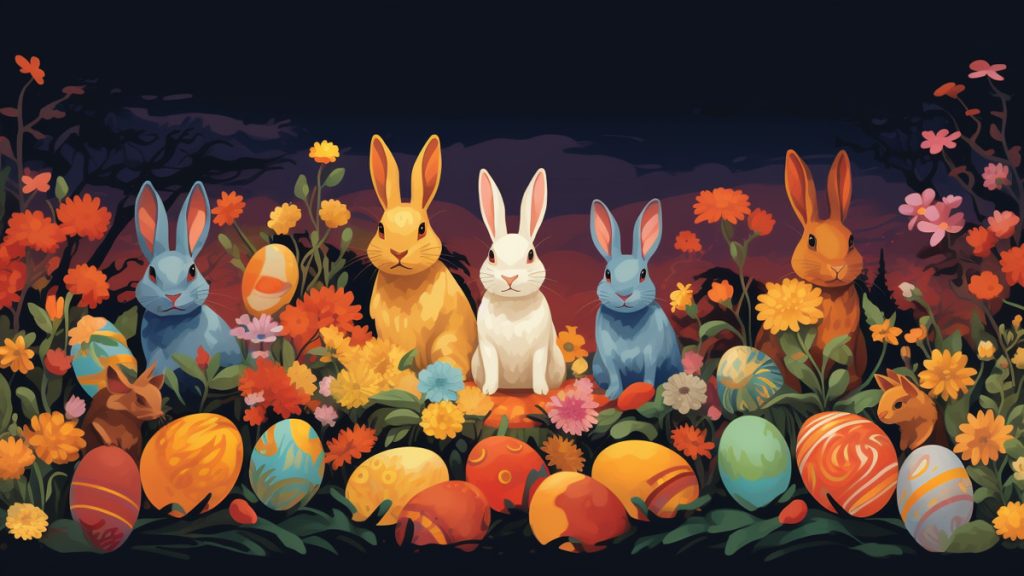
The Ancient Origins of the Bunny Symbol
The association between bunnies and Easter can be traced back to ancient times. The hare, closely related to the bunny, held a significant place in various cultures and mythologies. In ancient Egypt, the hare was revered as a fertility symbol and associated with the lunar goddess, Wenet. The Egyptians believed that the hare laid eggs, and this belief likely inspired the connection between hares and eggs during spring celebrations.
In Norse mythology, the hare was associated with the goddess Freya, who was connected to fertility and abundance. The hare was also believed to possess magical qualities and was associated with divination and transformation. This ancient wisdom laid the groundwork for the bunny’s association with fertility and rebirth.
As Christianity spread and absorbed local customs, the bunny became intertwined with the celebration of Easter. The pagan festival of Eostre, which celebrated the arrival of spring, was eventually merged with the Christian celebration of Jesus’s resurrection. The bunny’s new life and fertility symbolism seamlessly aligned with the Christian belief in rebirth and renewal, leading to its adoption as an Easter symbol.
The bunny’s popularity during Easter grew further when German immigrants brought the tradition “Osterhase” (Easter hare) to America in the 18th century. Children would make nests for the Osterhase to lay colored eggs in, leading to the modern tradition of Easter egg hunts. The bunny had firmly established itself as a beloved Easter symbol, embodying the joy and hope associated with the holiday.
The Symbolism of the Bunny in Different Cultures and Religions
Throughout history, the bunny has held various meanings and symbolisms in different cultures and religions. In addition to its association with fertility and rebirth, the bunny has been associated with abundance, agility, and even trickery.
The bunny is one of the twelve Chinese zodiac animals in Asian culture and is considered a symbol of good fortune and longevity. The Chinese believe that those born in the Year of the Rabbit possess gentle and compassionate personalities.
In Native American folklore, the bunny is often depicted as a trickster figure. It is known for its cunning and ability to outsmart others. The bunny’s quickness and agility made it an important symbolic figure in Native American storytelling.
The bunny has also been adopted as a symbol of innocence, joy, and playfulness. It is often depicted as a cute and cuddly creature that brings smiles to people of all ages.
The bunny’s symbolism has transcended cultures and religions, making it a universally recognized icon of Easter and springtime celebrations. Its enduring presence reminds us of the cyclical nature of life and the hope for new beginnings.
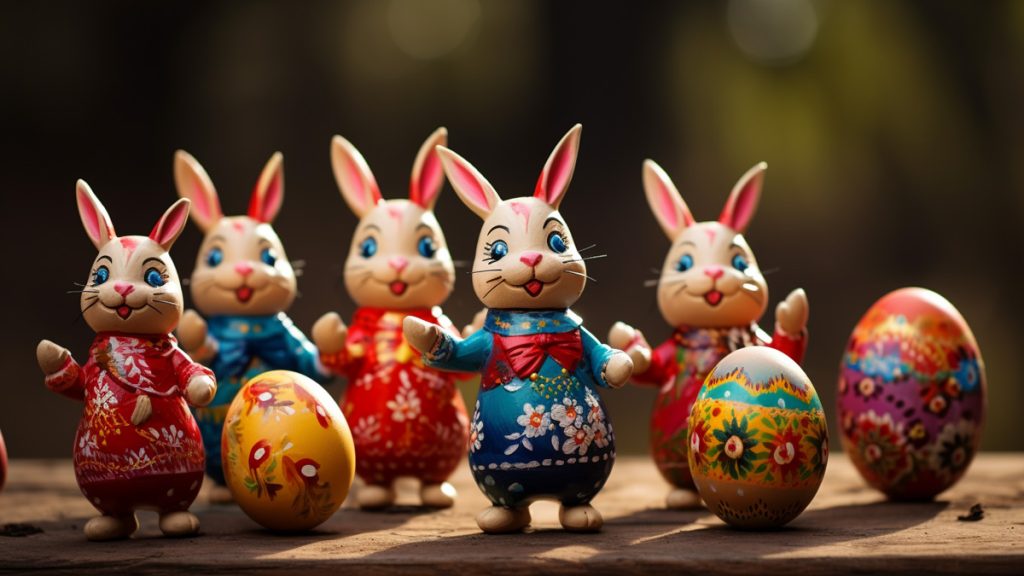
The History of Easter Eggs
Just like the bunny, the tradition of decorating and exchanging eggs during Easter has a rich and ancient history. In numerous cultures, the egg has long been regarded as a powerful symbol of life, fecundity, and rebirth.
In ancient Egypt, eggs were decorated and exchanged during the spring equinox to celebrate the new life emerging from the earth. The Persians also decorated eggs during their New Year celebrations, symbolizing the creation of the universe.
Early Christians utilized the egg as a symbol of Jesus’s resurrection. The egg’s hard shell represents the sealed tomb while cracking open the egg symbolizes Jesus’s triumphant emergence from death. The egg became a powerful metaphor for new life and the promise of salvation.
As Christianity spread throughout Europe, the tradition of decorating eggs during Easter became more widespread. People would dye eggs in vibrant colors using natural materials like onion skins, beetroot, and flowers. These colorful eggs were then exchanged as gifts and eaten as part of the Easter feast.
Easter Egg Traditions Around the World
The tradition of decorating and exchanging eggs during Easter has evolved and taken on unique forms in different parts of the world. Let’s explore some fascinating Easter egg traditions from around the globe.
In Greece, the cracking of red eggs is a popular Easter tradition. Two people each hold a red egg and try to crack the other person’s egg without breaking their own. The person with the last unbroken egg is believed to have good luck for the rest of the year.
In Poland, intricate and beautifully decorated eggs called “pisanki” are created using a wax-resist method. The eggs are covered in wax, and designs are drawn with a stylus before being dyed in multiple colors. The wax is then melted off to reveal the intricate patterns, resulting in stunning works of art.
The White House Easter Egg Roll has become a beloved tradition in the United States. Dating back to 1878, children gather on the White House lawn to roll colorful eggs with wooden spoons. The event is filled with games, entertainment, and the joy of celebrating Easter together.
These are just a few examples of the diverse Easter egg traditions around the world. Each tradition reflects the unique cultural heritage and creativity of the people who celebrate Easter.
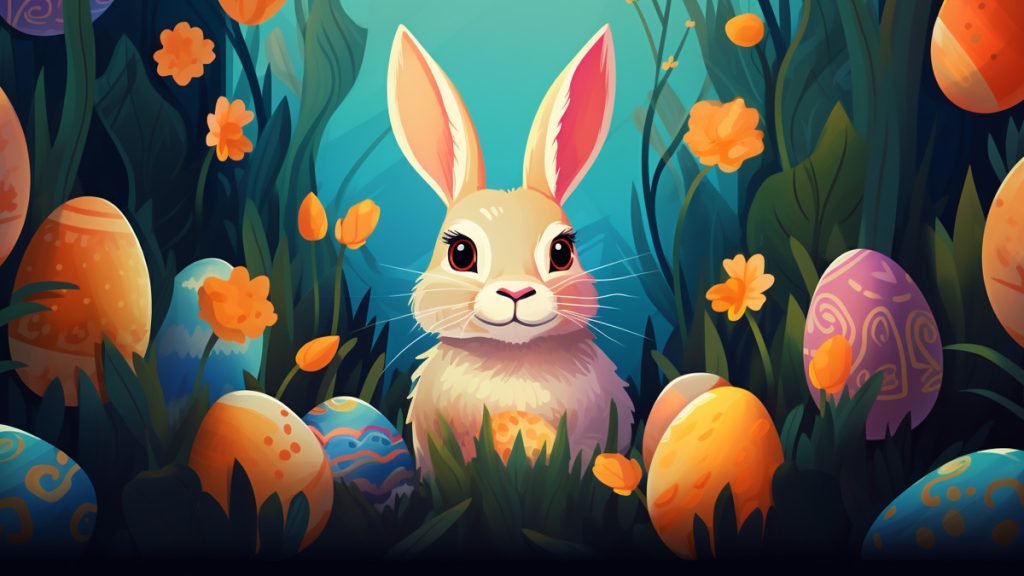
The Connection Between the Bunny and Easter Eggs
The association between the bunny and Easter eggs may seem peculiar at first, but it has a deep-rooted connection. Both symbols represent fruitfulness, rebirth, and the arrival of spring. The bunny, known for its rapid reproduction, has long been linked to fertility in various cultures.
Dating back to ancient times, the hare held great significance in many civilizations. In Germanic mythology, the hare was believed to be a companion to the goddess Eostre, whose festival was celebrated during spring. Eostre, also associated with fertility, was often depicted with a hare by her side. Over time, as Christian traditions merged with pagan customs, the hare became associated with Easter.
But how did the bunny become linked to eggs? The answer lies in folklore and legend. According to one popular tale, the Easter bunny would lay eggs and hide them for children to find. This enchanting story captured the imagination of generations and solidified the connection between the bunny and Easter eggs.
Fun Facts About the Bunny and Easter Eggs
Did you know that the concept of an Easter bunny delivering eggs is not unique to Western cultures? In fact, similar traditions exist in other parts of the world as well.
Children in Germany eagerly await the arrival of the Osterhase, a hare that delivers eggs and treats. In Australia, the Easter bunny’s role is taken over by the Easter Bilby, a native marsupial. These variations highlight the global appeal and adaptability of the bunny and Easter eggs.
As for the eggs themselves, they have a long history that spans across cultures and religions. For instance, ancient Egyptians believed that the world was created from an egg, symbolizing new life. The Persians also held the egg in high regard, considering it a powerful talisman.
Decorating eggs for Easter has been practiced for centuries. In Eastern European countries, intricate designs are hand-painted onto eggs using a wax-resist method known as pysanky. These stunning creations are passed down through generations, showcasing the artistry and craftsmanship associated with Easter eggs.
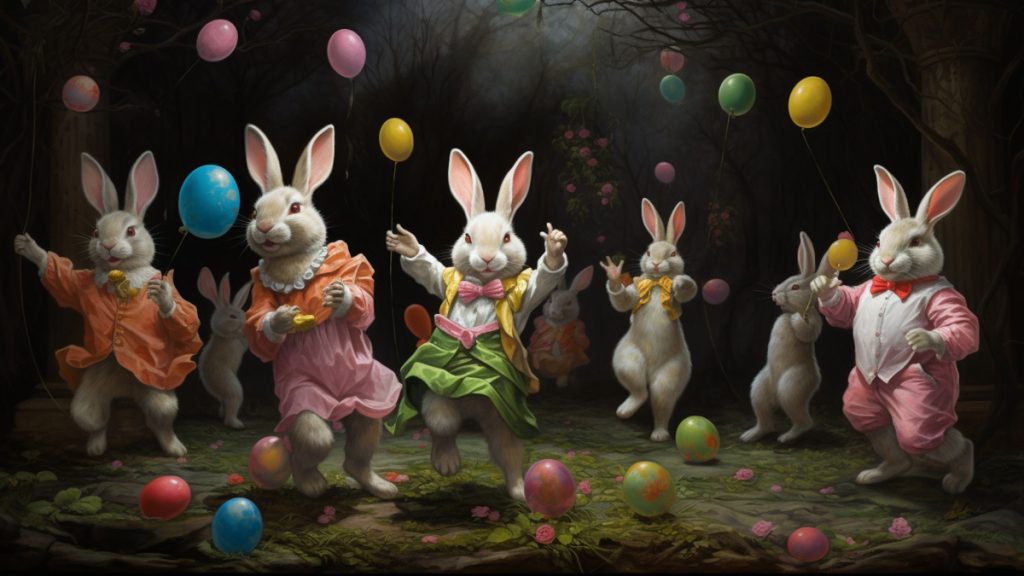
The Significance of the Bunny and Easter Eggs Today
In modern times, the bunny and Easter eggs continue to capture the imaginations of young and old alike. With its snuggly, cuddly appearance, the bunny has become a beloved character in children’s stories, movies, and toys. It serves as a reminder of the joy and excitement that Easter brings.
Children eagerly hunt for Easter eggs, whether made of chocolate or intricately decorated, during Easter egg hunts. These hunts have become a cherished tradition, fostering a sense of excitement, camaraderie, and adventure. The act of searching for hidden eggs symbolizes the pursuit of new beginnings and the joy of discovery.
Beyond their playful nature, the bunny and Easter eggs hold deeper symbolism. They remind us of the cycles of nature, the beauty of spring, and the hope that comes with new beginnings. They represent the enduring traditions and customs that connect us to our past and bring joy to our present.
Conclusion: The Enduring Charm of the Bunny and Easter Eggs
As we peel back the layers of history, we discover a fascinating tale that unveils the hidden origins of the bunny and Easter eggs. From ancient myths and legends to cultural traditions, these symbols have stood the test of time, transcending boundaries and enriching our lives.
The bunny, with its connection to fertility and rebirth, offers a sense of hope and new beginnings. Easter eggs, with their representation of life and renewal, remind us of each new day’s promise. Together, they form a delightful duo that has captured our hearts and continues to bring joy and excitement to Easter celebrations around the world.
So, this Easter, as you enjoy the company of loved ones, indulge in chocolate treats, and participate in the age-old tradition of searching for hidden eggs, take a moment to appreciate the hidden origins of the bunny and Easter eggs. Allow their enchanting history to deepen your appreciation for the customs and symbols that make this holiday so special. As always, thanks for reading, and happy Easter!
Mighty brightly,
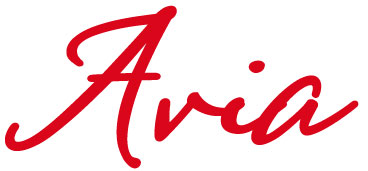
© Copyrighted. All Rights Reserved.
Observe Every Day With These Llewellyn Amazon Selections
Want more? Me too! That’s why I’ve also got this for you on Whats-Your-Sign:

